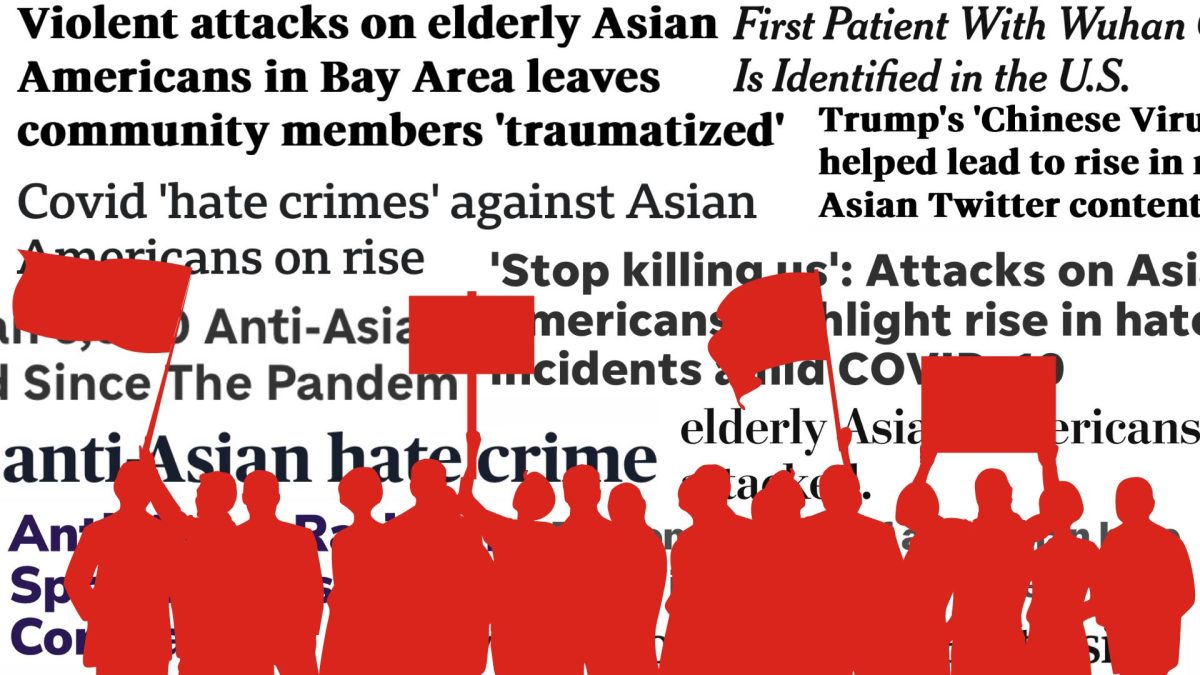A block from the Twitter and Uber headquarters, five LGBTQ+ homeless youth recounted their experiences being homeless in San Francisco.
Each had moved to the city to find a more accepting place than where they’d left behind — to discover who they were, or to access medical services for transitioning, which were nearly impossible to get back home. And all five laughed when asked whether “The City” was as welcoming and tolerant as its reputation.
“One of the things that I’ve noticed with Larkin (Street Youth Services) is that not all of the staff have a full grasp on being respectful,” said Tobey, one of the panelists. “There are staff members who will blatantly insult clients… while on the job. The fact of the matter is there are people who will be shouting out ‘faggot’ and ‘tranny’ and calling people these things in a space that is supposed to be safe for everybody.”
He said there were times staff would watch altercations instead of de-escalating them. The counselor turnover was high and some would disappear without warning, forcing those seeking help to restart counseling with counselors unable to point them in the direction of the resources that they desperately need.

Tuquan Harrison, the LQBTQ advisor at the San Francisco Human Rights Commission, hosted the panel, called “The State of LGBTQ+ Homelessness.” Forty-six percent of homeless youth in San Francisco are part of the LGBTQ+ community, according to San Francisco’s biennial homeless count released this summer.
The panel was supported by the San Francisco Department of Homelessness and Supportive Housing, San Francisco Youth Commission, Larkin Street Youth Services and the LYRIC Center for LGBTQQ youth. Harrison, themselves a former homeless youth, had spent a year couch surfing in San Francisco.
“I was one of those nerdy, queer feminine guys who didn’t really fit in anywhere,” Harrison said.
At the urging of one of their friends, Harrison joined the debate team in high school where they learned about activism. Then, in college and university, they worked as an LGBTQ+ advisor for the Academic Senate at UC Santa Barbara, where they met other LGBTQ+ advocates and activists.
“I got to study about my history, and that has fueled my activism as a black queer cisgender presenting male,” Harrison said.
Between personal networking and speaking at Larkin Street Youth Services, Harrison tries to identify gaps in assistance for LGBTQ+ youth and figure out how to meet those unaddressed needs.
Harrison said many programs for LGBTQ+ youth offer a one-size-fits-all approach that fails to take into account that many trans and non-gender conforming youth deal with family rejection. As a result, many enter larger shelters ill-equipped to address their specific needs.
The youth that Harrison works with mostly ask for safe spaces, support groups and housing to meet the specific needs of LGBTQ+ youth. The city plans to launch a pilot program at the end of 2020 tailor-made for such needs.
Harrison’s own experiences led them to work with transitional age youth to help them find housing, jobs and medical services. His work with the community got him appointed at the HRC.
“As a black queer person it is important to center the most marginalized people in my work who don’t get the representation in a lot of mainstream spaces for LGBTQ folks,” Harrison said. “So I decided to host ‘The State of LGBTQ Youth Homelessness’ to center trans- and gender- nonconforming youth, particularly youth of color’s stories, to help elevate a discussion to talk about how we can engage these youths into services.”
Harrison created their own program, Queer Trans Youth United in Power, to create a pipeline through education and employment to help LGBTQ+ youth have better access to employment, job skills, life skill development and workforce training. They hope that a combination of capital and life skills will these youth help achieve stability.
Harrison wants their program to directly invest in homeless youths from the start rather than have them go through a series of workshops and training. By giving them money at the start of the program, Harrison wants youths to begin saving money sooner rather than later.
Harrison is trying to get tech companies in San Francisco to offer jobs and internships to LGBTQ+ homeless youth. Harrison’s program will be open to youth regardless of where they live, as opposed to other programs that are limited only to people living within San Francisco.
“The housing model that San Francisco has adopted has been for the really wealthy or really vulnerable high-need individuals that can get housing, and there’s really no inbetween for anybody else, myself included,” Harrison said.
Jay, 24, came to San Francisco to study psychology at USF, where they graduated in 2017. From 2018 until May of this year, they worked as a counselor helping people with substance abuse and housing issues.
They were fired when one of his clients overdosed. The dismissal exacerbated his struggles with mental health, particularly his self-esteem. They were admitted into a psychiatric hospital until June.
After experiencing mental health issues, abusive relationships, homelessness and unemployment, Jay began using the services provided by organizations like Larkin Youth Street Services, South Van Ness Adult Behavioral Health Services and SF LGBT Center.
“Without those services I don’t know if I would still be around,” he said.
Jay now advocates to help other LGBTQ+ individuals who are going through what he went through.
“I think the biggest thing for people to know is that there’s no one looking out for you except yourself. Maybe a good bus driver or a really nice-hearted person,” Jay said.
But for the most part, he said, people don’t care what happens to someone except when they’re the person looking for services.
“It’s someone’s life, and I can’t think of anyone I’ve met that wanted this for themselves or did this intentionally. And if they did it intentionally, I don’t think it turned out how they expected,” Jay said. “Being at places like Larkin Street, it really just reminds me that the more I’m intimidated by someone, the more I probably have in common with them and the more I should approach them.”
Jay believes that the best way to remove the stigma against homeless people is to let them into public spaces. They said San Franciscans should be more open about their failures and people should avoid painting themselves as never having had hardships.
“Just because I have a home now doesn’t mean that I always did,” Jay said. “Whenever I feel comfortable enough talking to people I don’t know about my time [being homeless], I always get a similar story out of them.”
For Harrison, LGBTQ+ youth of color who are homeless are a part of San Francisco’s legacy.
“There is something in the system that is not working or is working to create outcomes like this,” Harrison said. “There needs to be a change to make it an equitable and inclusive society so that we can all thrive.”









